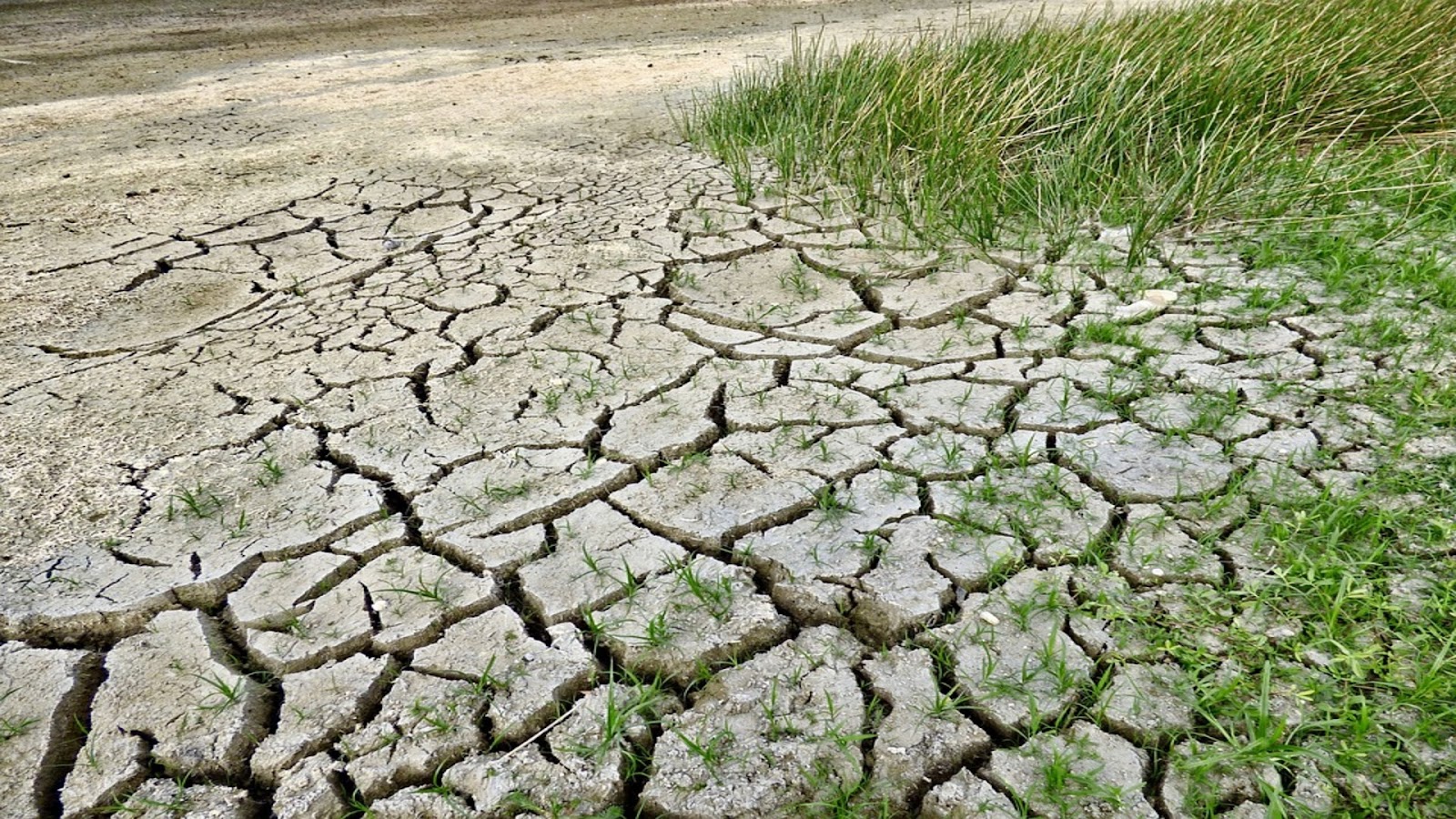Global warming has always been an increasing concern. The increasing heat waves in summer and the chilling wind in winter are not the only ways global warming is affecting us. The phenomenon is causing large-scale changes to the environment which could be fatal human population in the future.
A rise in carbon emissions is one of the main reasons behind the increasing global warming and a particular four-legged animal, moose, could also be contributing to a reduction in reducing carbon storage sites. Moose’s consumption of young deciduous plants is equal to 60 per cent of a region’s annual fossil fuel carbon emission.
Image Credit- Pixabay
How is Moose responsible for increased carbon emissions?
Moose are among the largest deer and the tallest mammals in North America. This species of deer are also found in Asia and Europe. A grown adult moose can be about six feet tall from the ground to the shoulders and develop beautiful antlers around six feet wide from one end to another. They can weigh 400 to 550 kg and consume around 50 kg of biomass daily. Their consumption is equal to 10 per cent of the Norwegian Forest industry harvest.
Researchers at the Norwegian University of Science and Technology (NTNU) University revealed how these four-legged creatures affect the environment. Moose prefer to graze on fresh plantlets and young deciduous trees. When the plantlets grow up as trees, they bind carbon dioxide in their roots, branches, and trunks. Excessive grazing by moose and other large grazing animals leads to unintentional carbon emissions since no growing plants can bind carbon down. The accurate figures for the impact of heavy grazing are unknown as of now.
Image Credit- Pixabay
Why are grazing activities beneficial for the forest industry but not for the climate?
Earth’s average temperature has been rising by 2.4° C, whereas the goal set by the scientists is to keep the rise in temperature under 1.5° C.
Scientists from NTNU university carried out a study to analyse the effects of animal grazing on forests and how was this beneficial to the forest industry. Scientists used the method of clearcutting. The method is an economically efficient way of harvesting vegetation in an area in a marked territory for research or other purposes.
The soil dynamics, species diversity, and vegetational regrowth were studied over three years. 47 pairs of plots were chosen, one of the plots from the pair was fenced to avoid grazing by moose and the other one was left open.
After three years, it was seen that the available plots showed little vegetational regrowth as the young, deciduous plants were grazed upon by moose. However, the plots covered with fences showed high regrowth of young plants. This was found to be beneficial for Norway’s forest industry as grazing by moose was eliminating competition for pine trees, spruce and coniferous species.
Scientists are trying to find a way to maintain balance among the grazing patterns in a way that also doesn’t affect the climate.
Norwegian SciTech News published the article.
If you enjoyed reading our articles, please consider supporting us by buying our geeky merchandise on Instagram.
Alternatively, you could Buy us a coffee or follow us on Facebook, Twitter, Pinterest or Medium!





